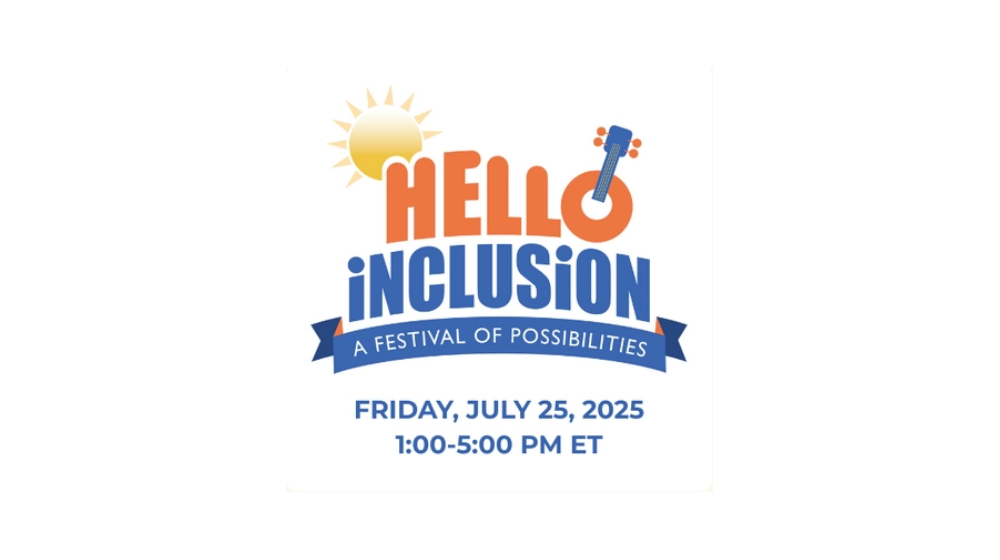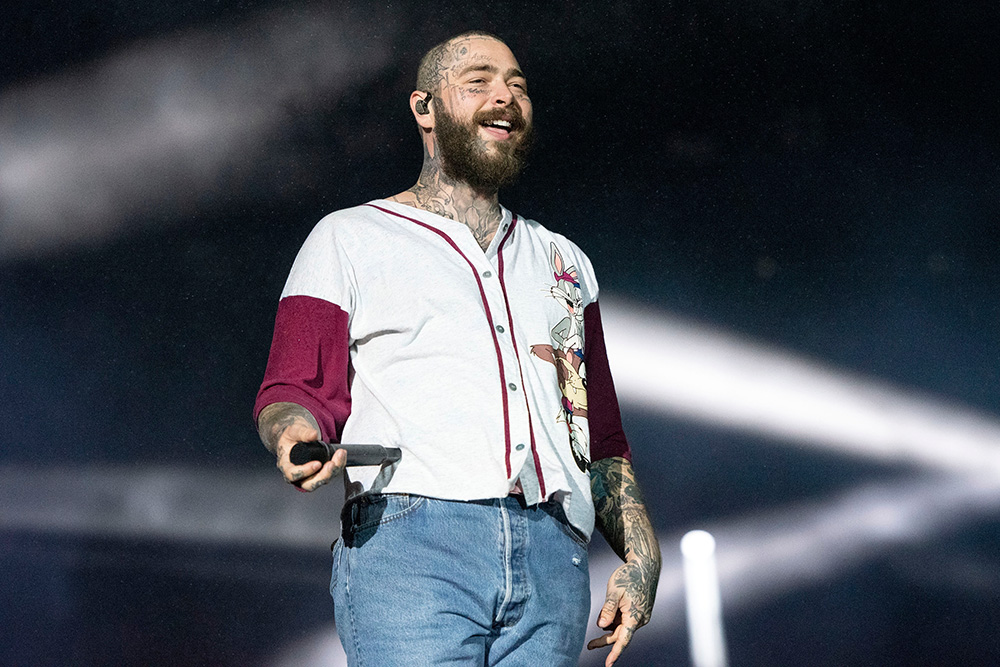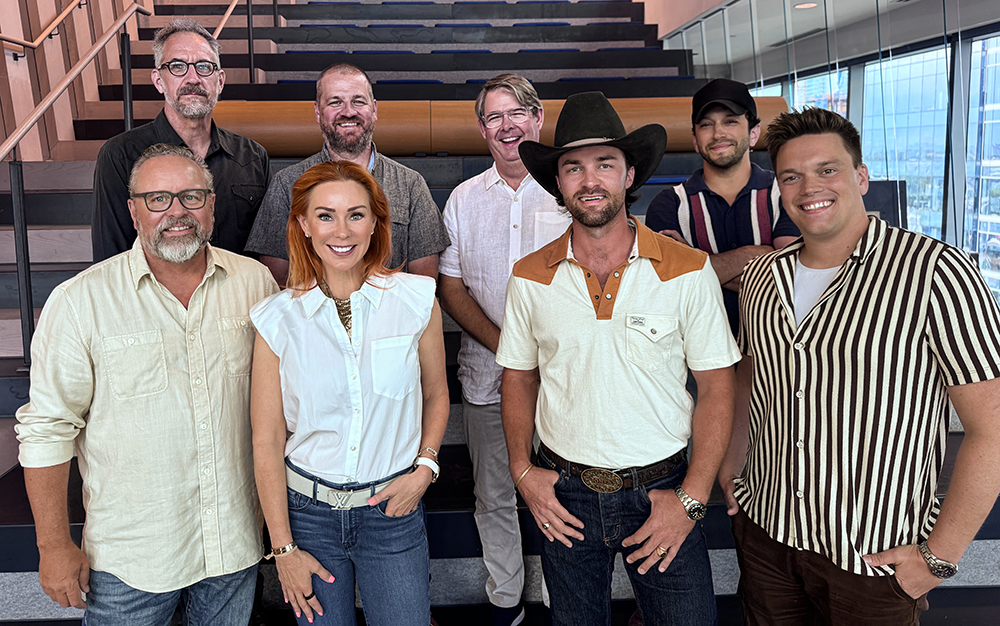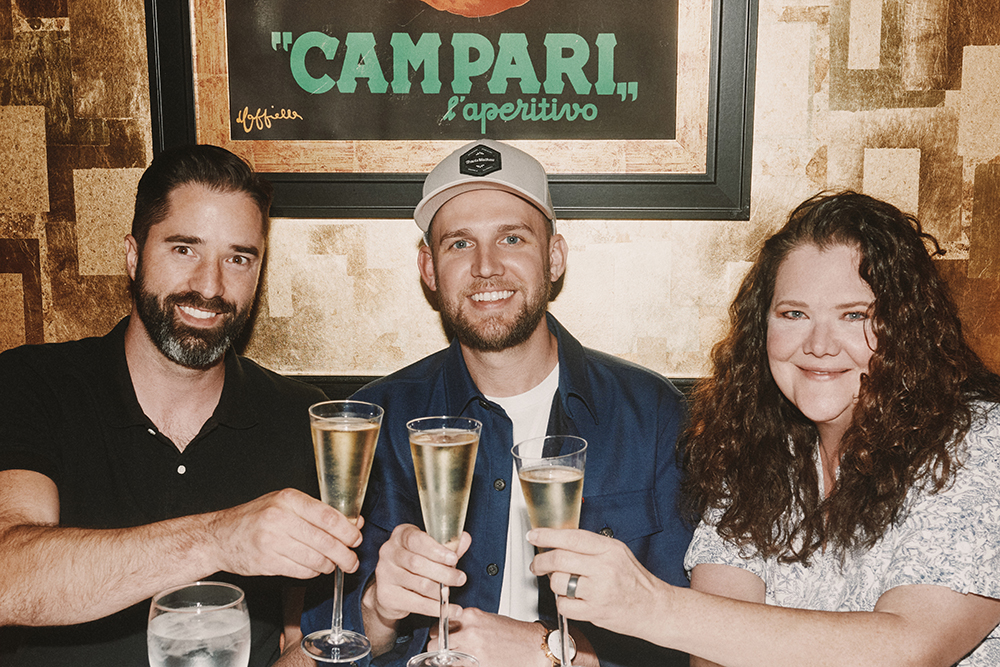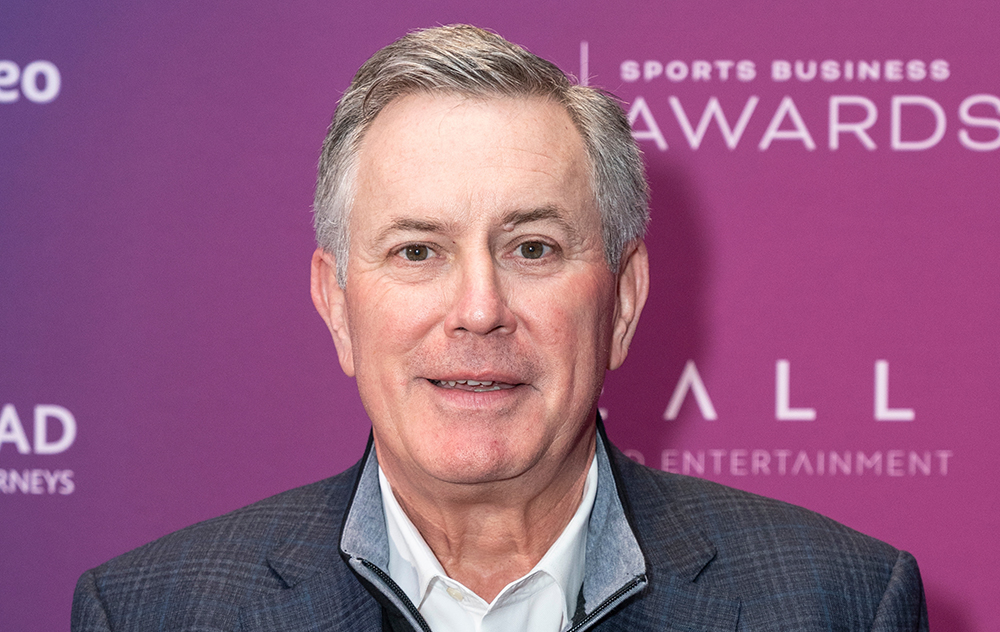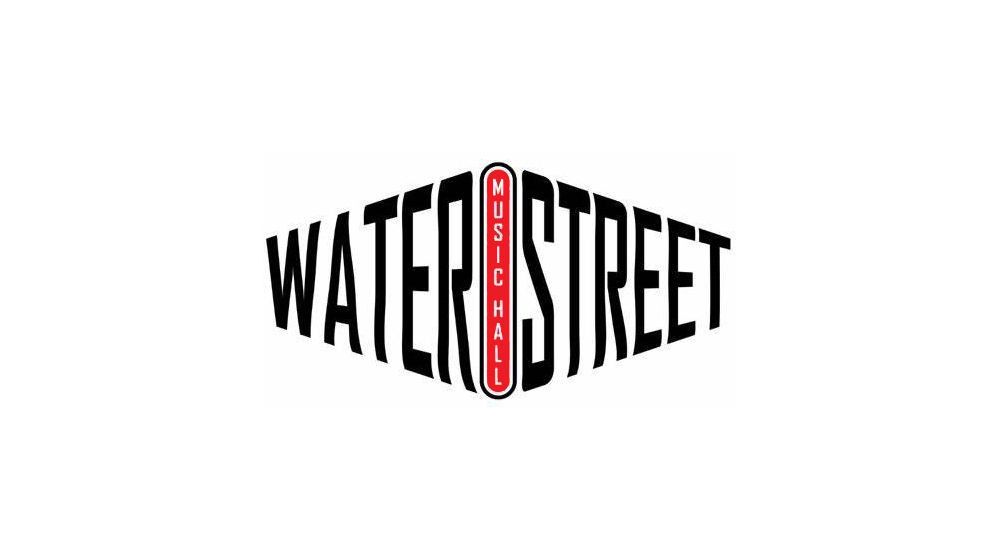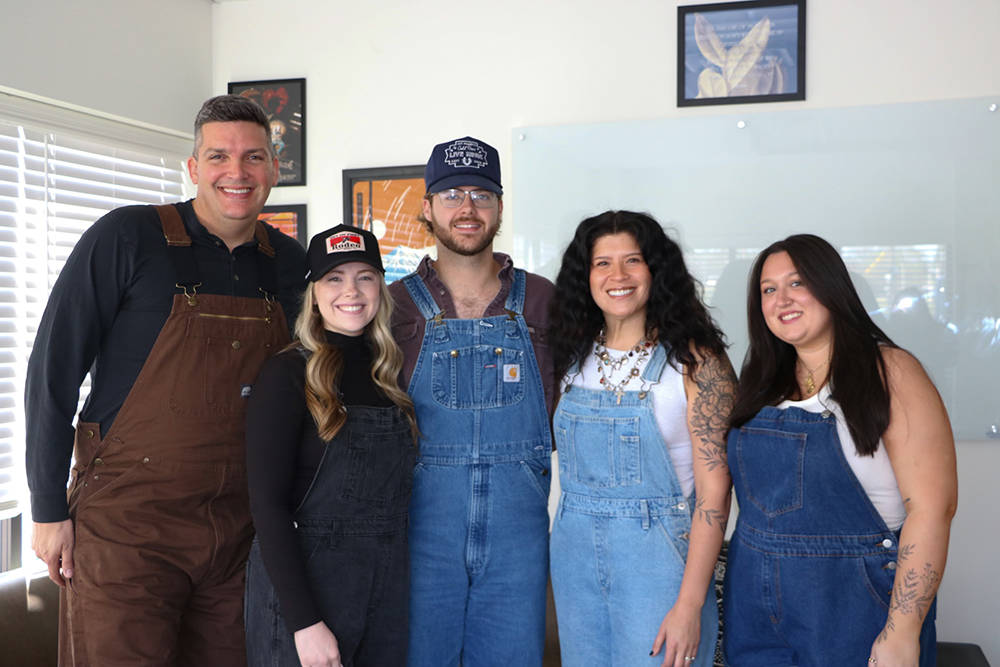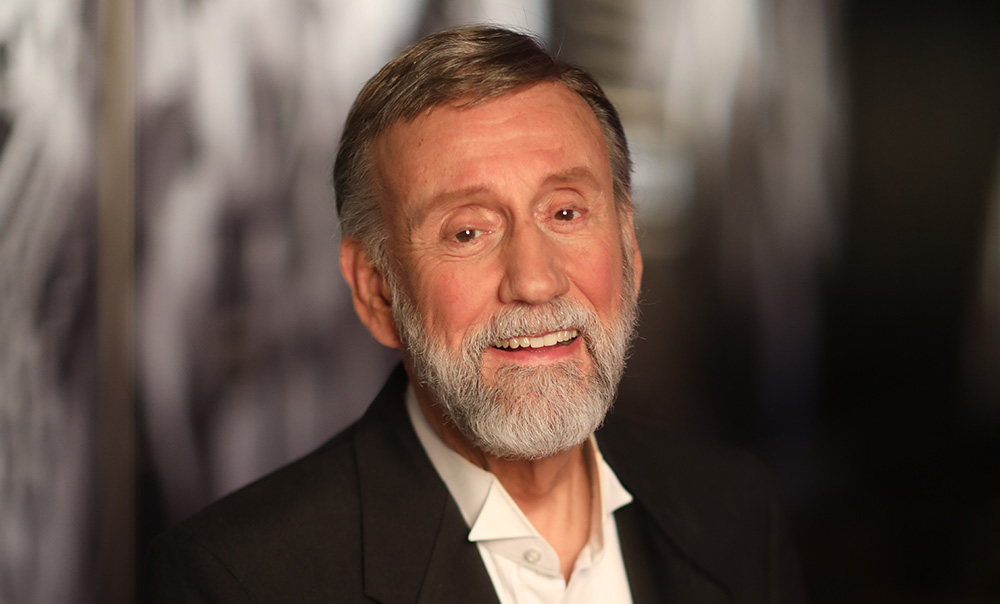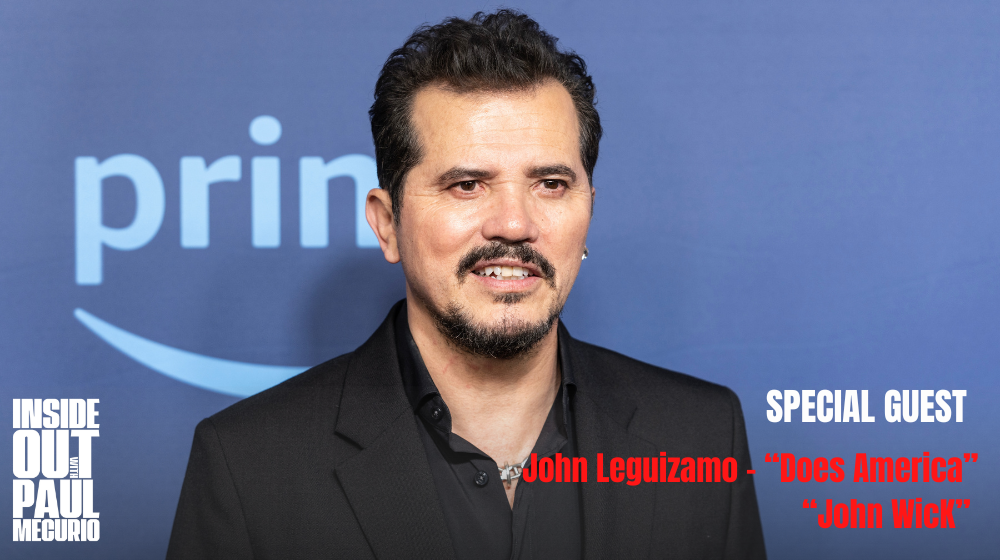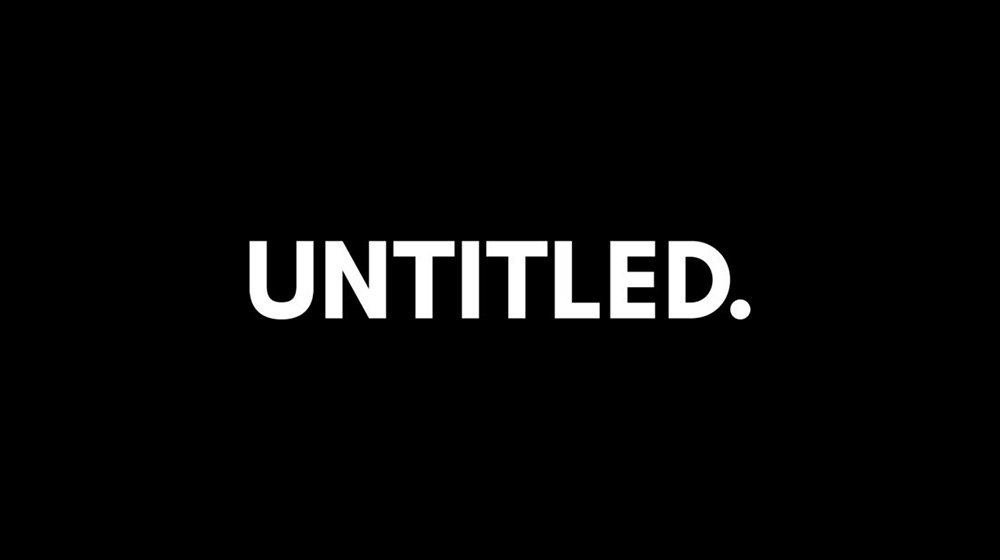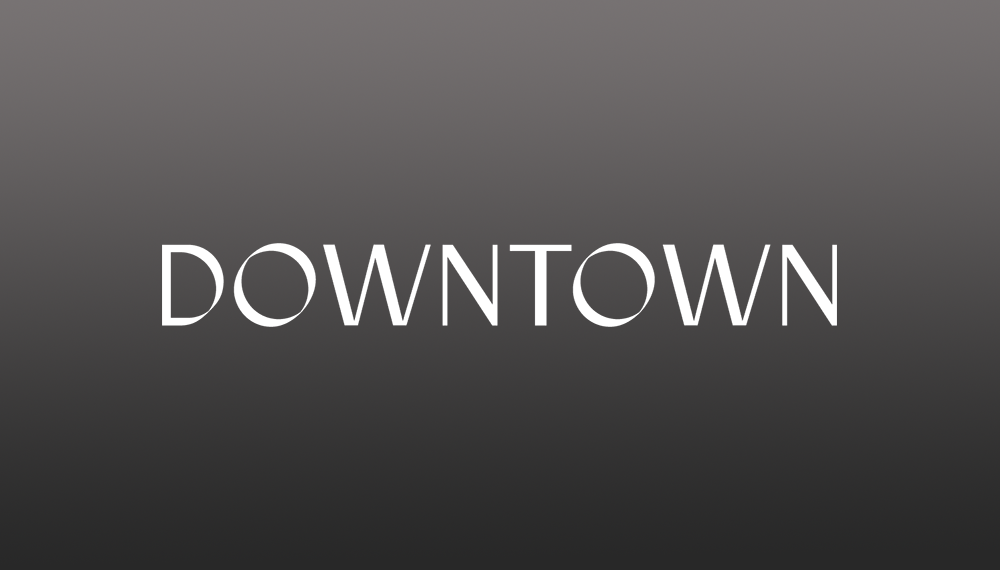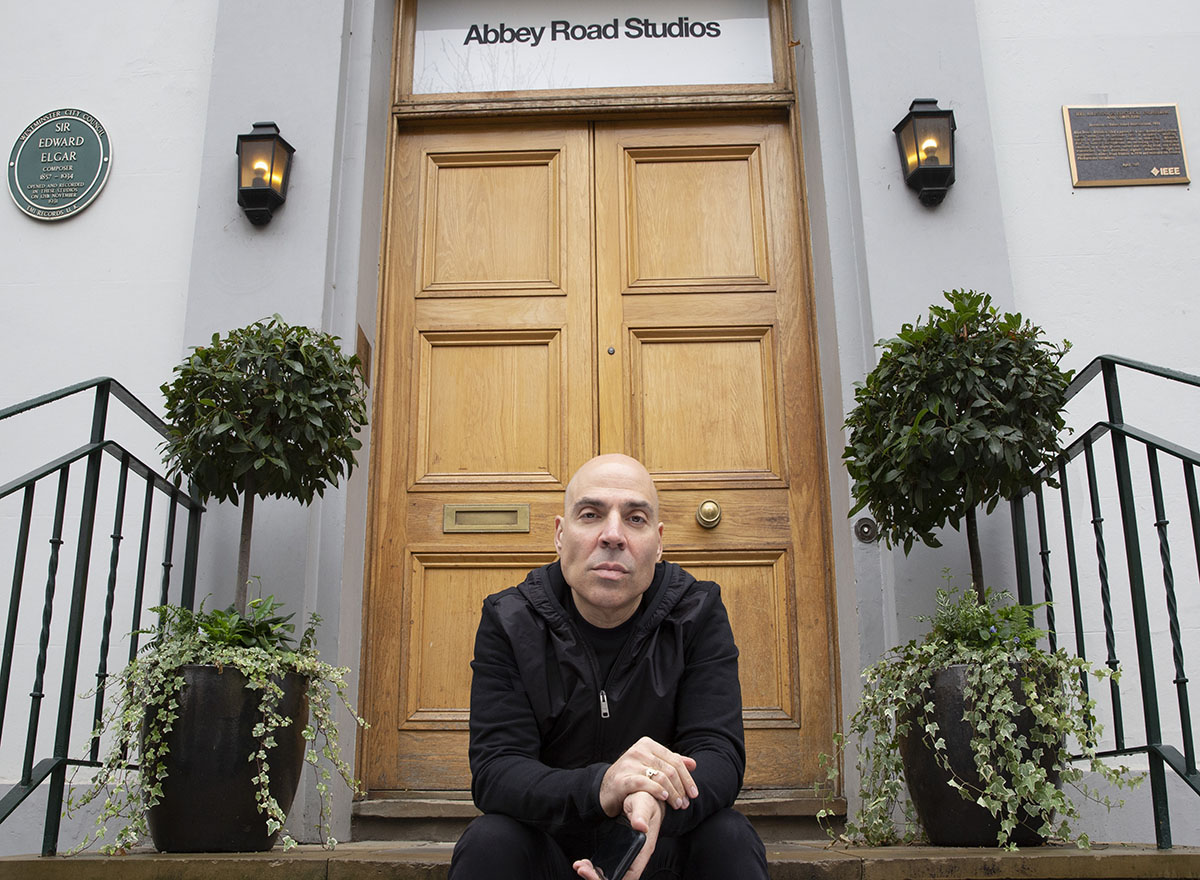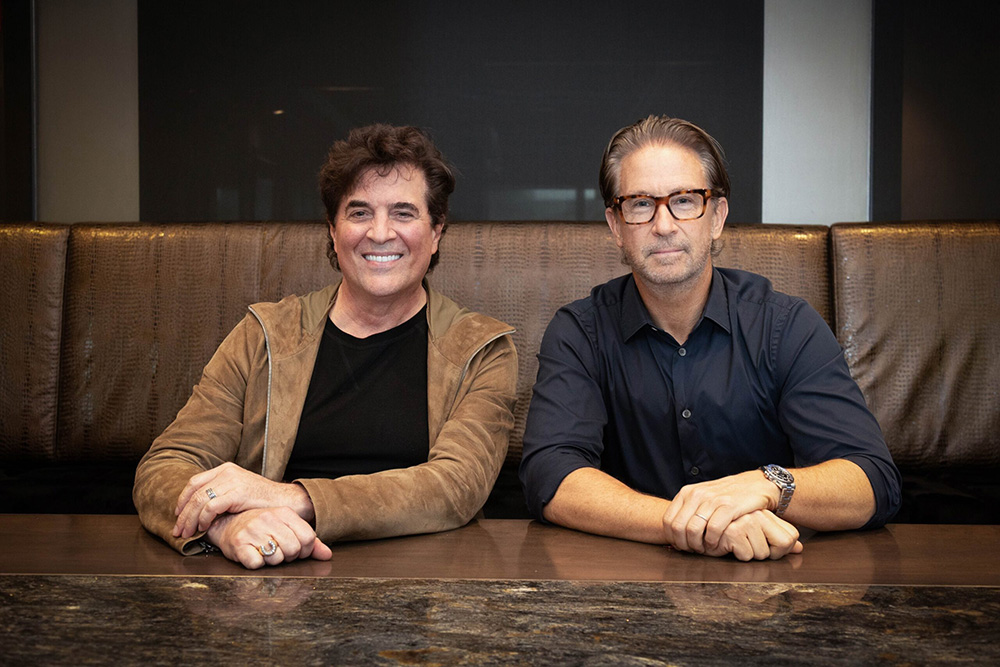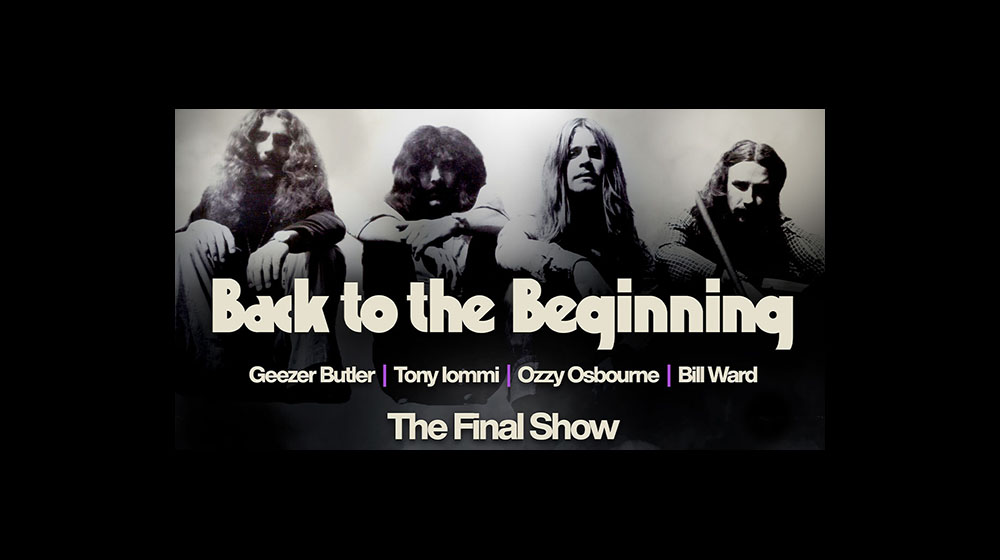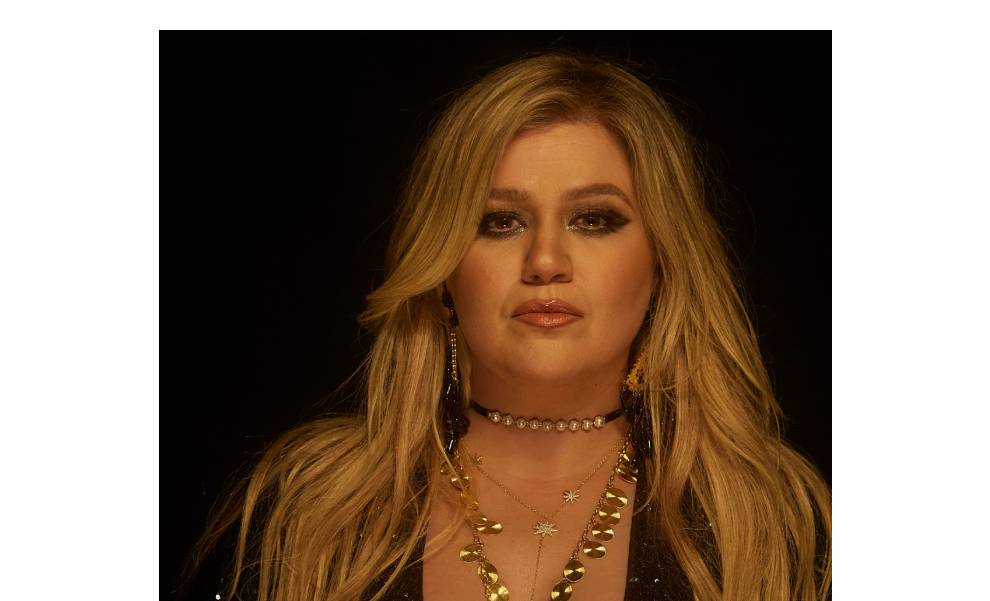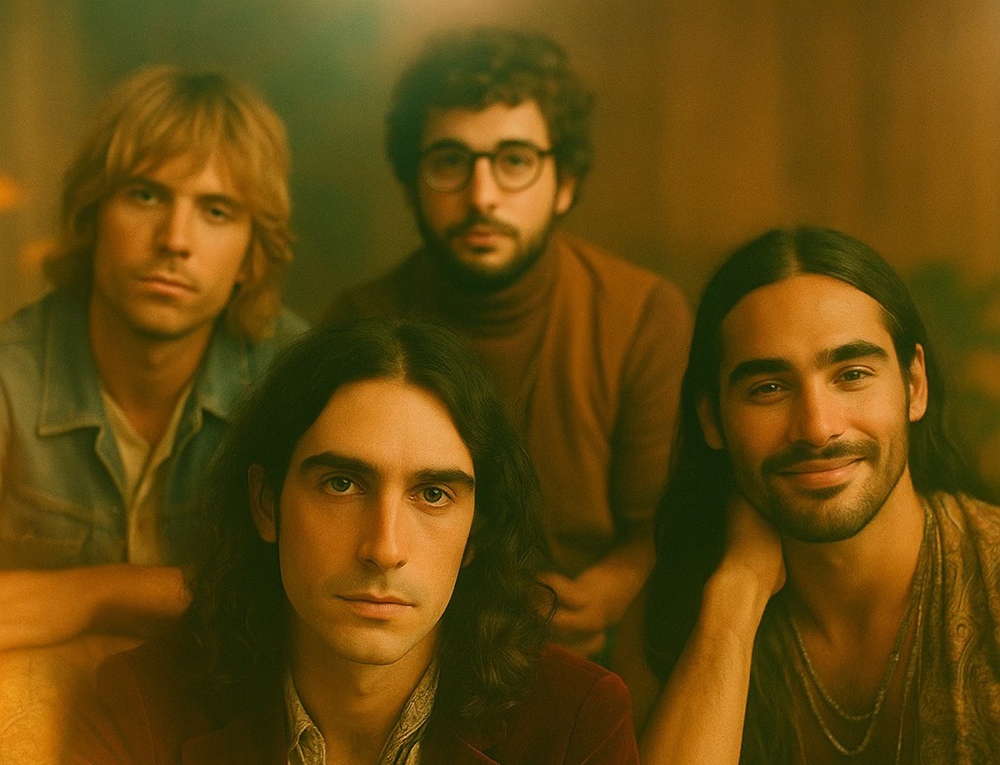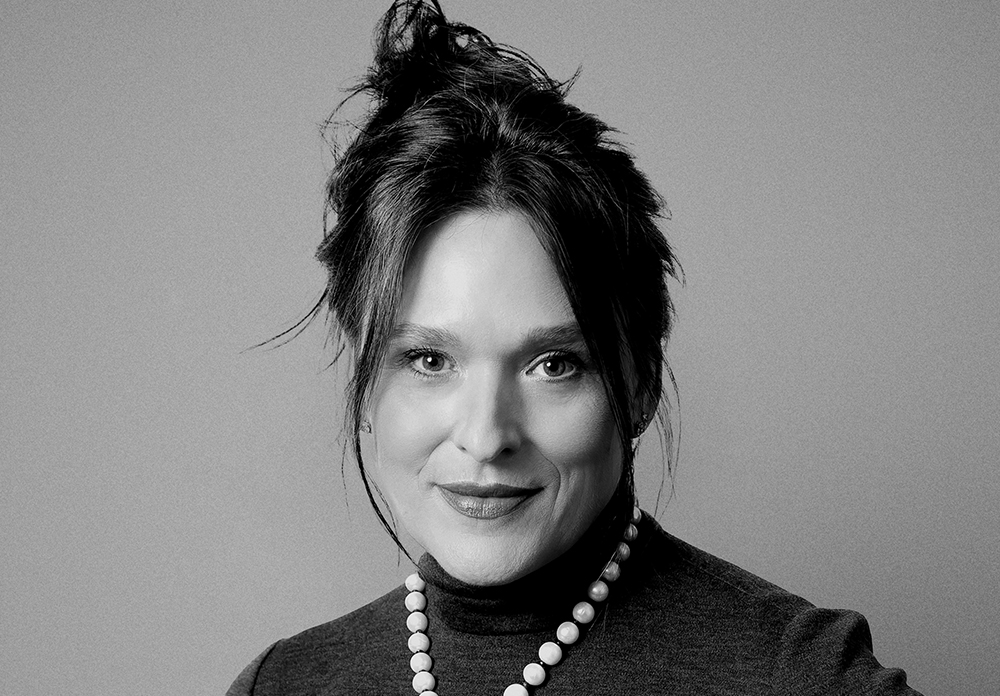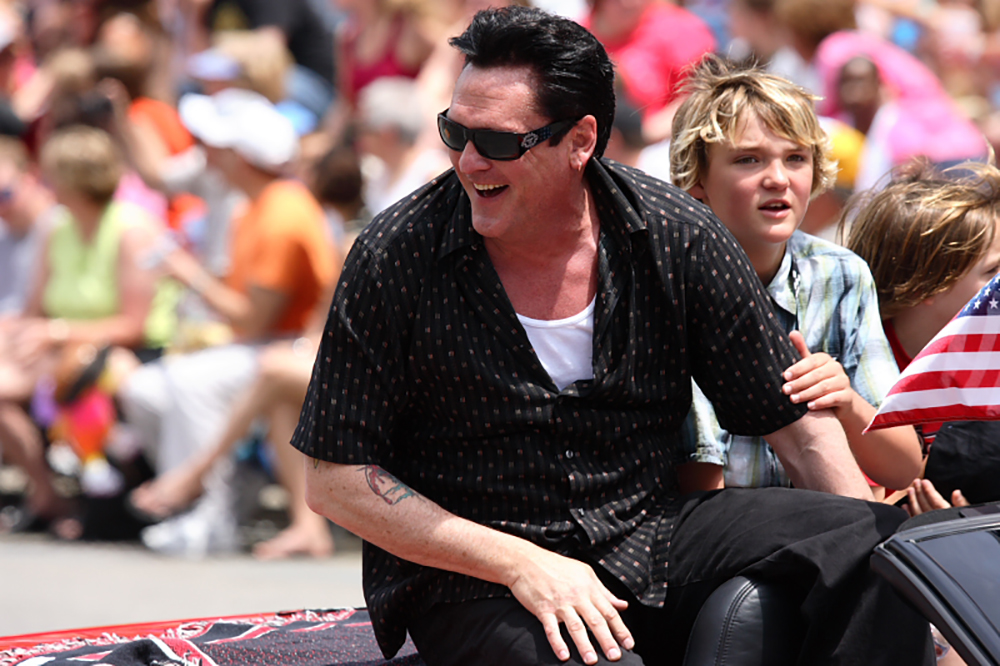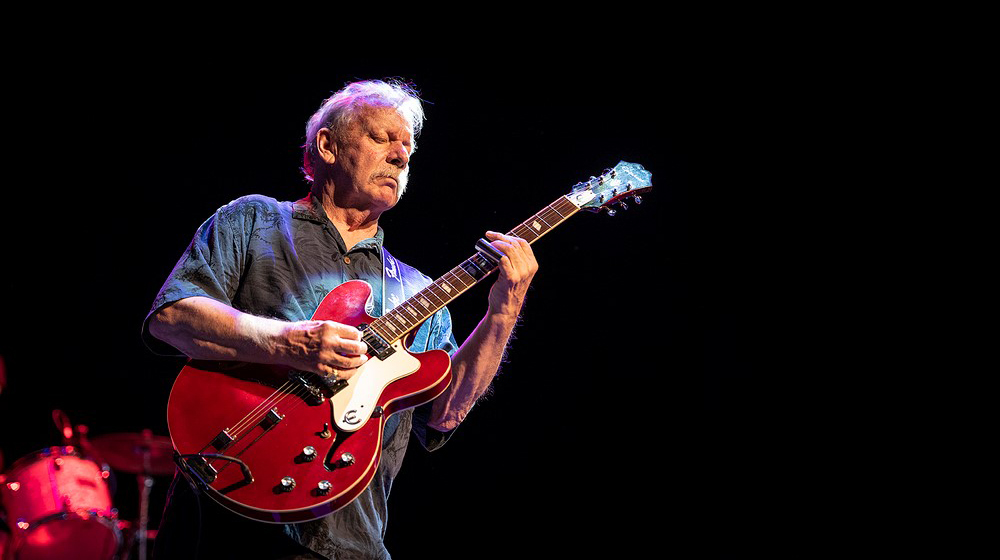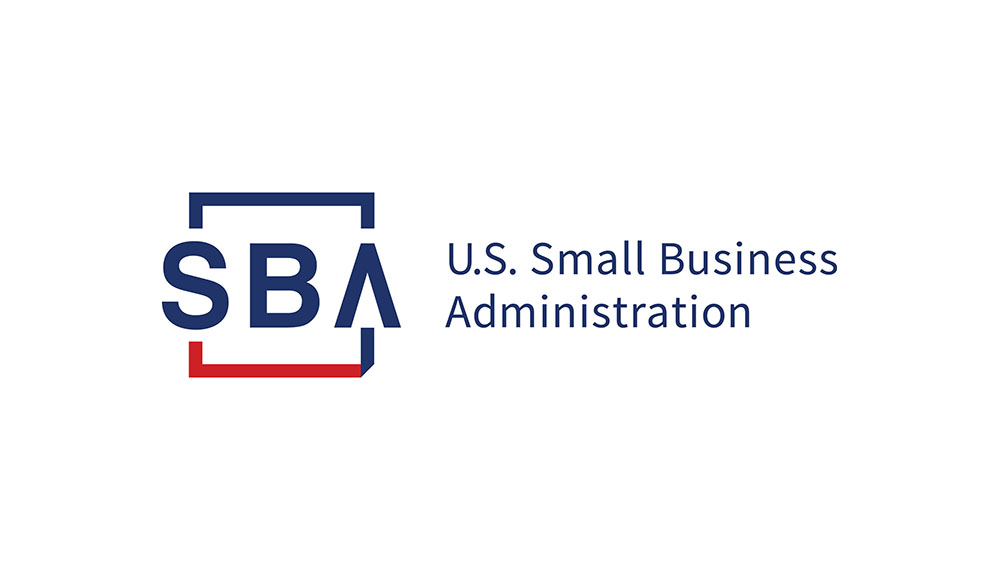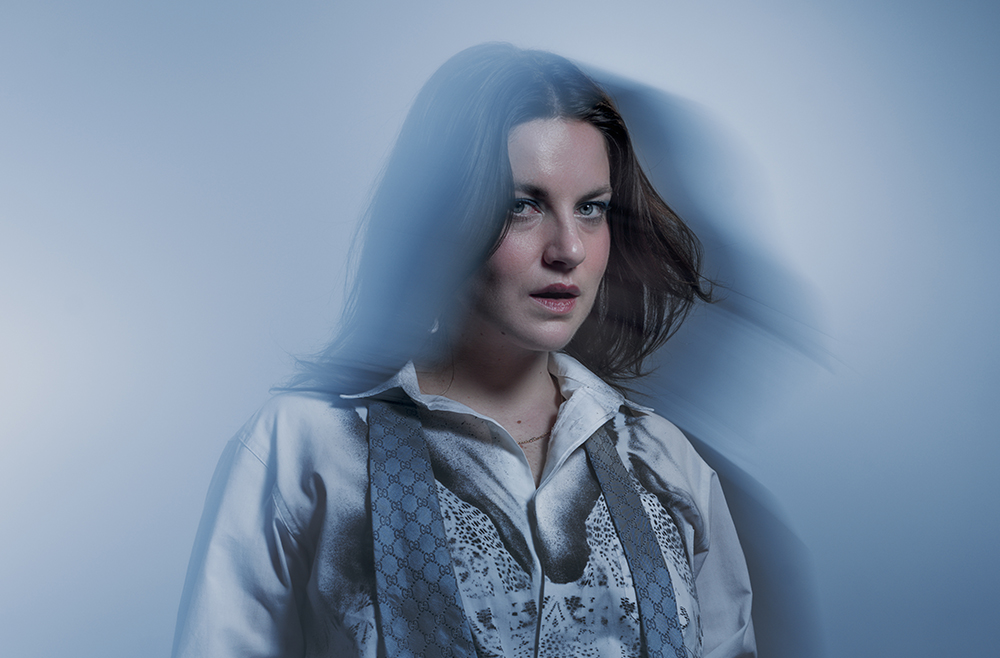This week In the Hot Seat with Larry LeBlanc: Jake Szufnarowski, owner, Rocks Off.
Jake Szufnarowski is off the grid.
This modern-day counterculture Neal Cassady—reference Jack Kerouac’s ”On The Road” (1957) and Tom Wolfe’s “The Electric Kool-Aid Acid Test” (1968)–is currently off on a motorcycle tour of America.
I reached him at the Nez Perce Motel in Wisdom, Montana, owned and operated by Brenda Huntley since 2005.
Until the COVID-19 pandemic, Szufnarowski’s company, Rocks Off, had been one of Manhattan’s leading event promoters.
After stints as a booker at the Wetlands Preserve, the Knitting Factory, and CBGB, in downtown New York; and at the Brooklyn Bowl in London; and promoting shows independently at traditional New York venues such as B.B. King Blues Club & Grill, the Knitting Factory, Irving Plaza, and the Tribeca Rock Club, Szufnarowski smashed open New York’s live music world by launching Rocks Off Concert Cruise Series.
Not to mention there’s also Rocks Off’s lucrative concert and festival bus business; its Rock & Roll Walking Tours; and Szufnarowski briefly operating a rock-themed film festival, a pro wrestling film festival, and founding his own label, Which Records?
With the COVID-19 pandemic shutting down the entire American live music industry, this 46-year-old Lowell, Massachusetts’s native did what he does best.
Pivoted, and innovated.
Inspired by his friend, painter Ron English, who has a face mask partnership with Threadless, Szufnarowski decided to create 6 mask designs of his own, and post them on Facebook. Within a week, he had sold over 1,000 masks. Then he started reaching out to bands and visual artists that he knew, and did collaborations with a lot of different bands, and did masks with social justice themes, resulting in over 340 designs.
And then, with a new business in place, Szufnarowski got out of Dodge until the COVID-19 pandemic subsides.
In mid-March you were in the midst of planning out this year’s music boat season and then the COVID-19 pandemic was declared. At first, it wasn’t clear just how bad it was going to be. At what point did you realize you and the live music industry were in trouble?
It didn’t take that long. I’m not very proud of it, but I was one of the earlier people that I knew from everyone that I was talking to that was saying, “We are not going to have a season. This is not coming back.” It was pretty obvious when the NBA canceled their season (on March 11th). Once Broadway announced the next day that they were going dark (by order of New York Governor Andrew Cuomo) I knew that there was no way anything was going to happen this summer. Dude, that was a nightmare. It was a real nightmare. We had a (a Rocks Off Concert Cruise) show scheduled on March 14th with Major Lazer which is, of course, a huge act. We’d done a lottery for the tickets. That show went up in smoke. We tried to reschedule it to June, and I was like, “I don’t even know about this, but it’s better than canceling it outright at this moment.” But pretty quickly, I realized that wasn’t going to happen either.
What staff did Rocks Off work with at this point?
One full-time person doing marketing, and a full-time production manager. We had tons of support staff through the summer who were freelance. Our ticketing was done through TicketWeb. I have been with TicketWeb for 13 or 14 years now. I’m very happy with them.
Any thoughts on a return of live music in America.
I don’t know, man. 2021 would be great, but I don’t know. Nobody seems to be able to get this under control in America. I’m traveling now. I’m talking to you from Wisdom, Montana. I’ve been in Montana, and Idaho for the past three weeks driving my motorcycle around. I see almost nobody wearing masks.
For the past couple of weeks, Idaho and Montana have detailed a sharp rise in novel coronavirus cases.
It’s shocking seeing nobody wearing masks. I don’t go into many places. Some motels, but I have been mostly camping. A couple of grocery stores here and there. I buy all my fuel at the pump. But the few times I have had to use the restrooms at these gas stations, people have given me funny looks for wearing a mask. Maybe, it’s the funny masks I’m wearing. Some times I flip them inside out so they are just black. But I am definitely getting the side-eye from people.
The COVID-19 pandemic has given people a life pause to think about their lives and future work. Here you are driving a BMW R1200GS bike through the American Midwest. As a promoter, you had been going from show to show without much time to think. You’d always be reacting to whatever was going on. Is this life pause allowing you to reset yourself going forward? Perhaps you are now thinking, “When this is over I could be doing this or doing that.”
Absolutely man, absolutely. It’s a beautiful time for the entire country, and the world to have a pause because on March 11th, we were at peak everything; whether it was peak food culture, peak show culture, peak touring, or peak content. Everybody having to create content, Put out content. Make new songs. Putting on new tours, new Broadway shows, and new streaming services. It’s too much. This has caused everybody to just step back, and breathe, and to try to figure out what is important in life. That’s what I am doing, and I hope a lot of other people are too. I think that it’s a great time to focus on the important differences; between wants and needs. I’ve got all of my needs met right now. I’m not really wanting for anything. It’s been extra-special for me to be on my motorcycle, and just basically camping and living in the woods, and being in nature. I realize that I want Wi-Fi. I don’t need it. What do I need? I need a place to sleep. I need to be able to eat. I need some shelter, and I need some contact and communication. It’s a wonderful time for people to spend time with their families and their kids not going to school and everybody is together as a family. Hopefully, people are understanding how important relationships are in life as opposed to work. And who needs kids?
Well, you are 46, and unmarried.
Yes, but I have fantastic relationships in my life. I like hanging out with kids, but I don’t want any on my own.
Your apartment lease in New York City was up so you put everything in storage and drove West?
Yes. I will go back to New York when I can work there again. Until then, I don’t really know where I am going to go. I’m just going to be on my bike riding until I find a place. I will probably settle down for the winter somewhere. Somewhere warm.
As long as you have access to Wi-Fi, you are connected to your business, and friends.
Yes.
The BMW R1200GS is a dual sports or adventure bike. Great for off-road riding.
It’s really for long-ass rides and dirt roads. It’s the same bike that Ewan McGregor rode around the world in his series “The Long Way Round.” I can’t get enough of dirt roads and often find myself lost in the middle of national forests. And I love it. I bought the bike in October 2018 in L.A. with the money I made managing, and enduring J.D. and the Straight Shot for 104 days. I’ve yet to bring it east of Colorado. But I’ve racked up 18,000 miles, almost none of it on interstates.
You just visited Butte, Montana, the birthplace of the late American stunt performer Evel Knievel who died in 2007. An article in the January 1970 issue of Esquire magazine by David Lyle had the headline, “Evel Knievel … may be the last great gladiator” Nevertheless Butte locals consider homeboy Knievel with considerable negativity. So there’s no souvenirs or memorabilia in town, no displays of his sensational leather jumpsuits or star-spangled helmets? Nothing?
Nothing. Can you believe it?
(The Evel Knievel Museum in Topeka, Kansas has a collection of his bikes, his iconic 1974 Mack Truck and Trailer, “Big Red,” and his battered, and beaten star-spangled helmets.)
Naturally, the first thing you did in Butte was to visit Evel’s gravesite at the Mountain View Cemetery.
Literally, it was the first thing that I did. I pulled into town, went to the grave, got caught in a rainstorm, and then checked into a motel.
Was Evel Knievel a hero to you growing up? Over the course of his career, he attempted more than 75 ramp-to-ramp motorcycle jumps including Snake River Canyon in 1974 shown on closed-circuit television and broadcast to movie theaters. As his Skycycle left the launching rail, the drogue parachute prematurely deployed, and he landed at the bottom of the canyon. Nevertheless, still a hero for you growing up?
He was, yeah. I just thought that he was the coolest. I was born in 1973. By the time I knew who he was, he had already had his heyday so to speak. But I had the little toys and the poster…
In Butte, the only other attraction is the Berkeley Pit, a former open pit copper mine, one mile long by half a mile wide with a depth of 1,780 feet.
Yeah, there’s the Berkeley Pit, of course, but there’s also a huge statue that is 90 feet tall called Our Lady of the Rockies, way up on the Continental Divide.
Overlooking Butte. The statue, completed in 1985, was built in the likeness of the Virgin Mary, the mother of Jesus.
Yeah. It was closed so I couldn’t get up to it.
However, did you hit on the idea of Rocks Off selling face masks in the time of COVID-19 pandemic? The company has sold T-shirts, of course for years working with Threadless, the internet-born design shop known for screen-printed graphic T-shirts.
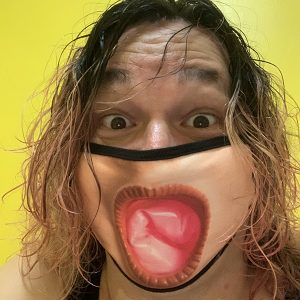
What kind of reaction did you then get?
I put up 6 designs on a Saturday afternoon, and posted them to Facebook. I went for a long walk and I didn’t think much of it. I just thought it’d be a goof. But we sold a bunch of masks that day, and a bunch the next day. Then I called my two designers, Rich Jones who used to play with the Black Halos (from 1993–2001, and has since played with Amen, Sorry and the Sinatras, the Yo-Yos, and currently with Michael Monroe), and Jon Krop of Atomic Pop Monkey. Together, we came up with over 340 designs now. All sorts of wacky ones. I’ve come up with the majority of them, and they designed my ideas and put in some of their own. Then I started reaching out to bands and visual artists that I knew, and we did collaborations with a lot of different bands
What bands?
Murphy’s Law, Marc Brownstein from The Disco Biscuits, Electric Beethoven, the Slackers, the Pietasters, and Shots Fired. I’m working on bringing in a bunch more bands.
You have masks featuring public murals of Blondie and Biggie. Are you paying license fees to their representatives?
Not to them, but to the people who made the (public) murals. For the photograph.
How much do the masks sell for?
They are $23 (US) for the premium style and then there’s the standard style which is $15 and the kid sizes are $15. Also, $3 from each design, no matter what style it is, goes to Medshare the national non-profit organization that recovers surplus medical supplies and equipment from American hospitals and manufacturers and redistributes them to hospitals in developing countries.
Also for a bunch of the masks, I came up with social justice and Black Lives Matter themes. We are giving 100% of the profits of those to the National Lawyers Guild Mass Defense Fund. That was important for me to do because I got pretty involved in the Black Lives Matter protests that were happening in New York for 2 ½ weeks before I left New York.
Before heading West on your BMW R1200GS bike you did a goofy video in Times Square performing in a unicorn costume with a friend on the track “Put On The Mask!,” riffing on the Ramones. What led to that video being shot in Times Square?
After I came up with the song idea, there was nowhere else we could go to shoot the video. I knew the ironic absurdism of a desolate Times Square would resonate on film, and also, maybe, shine a little light on how much impact this virus was having on the city. And the world. The unicorn costumes I had hanging in my closet because the whole Rocks Off crew wears those on the big boat shows, just to lend our events an extra air of WTF-ness. Can you believe the cops wouldn’t let me pose on top of one of their horses for a shot? They did ask if we were an up-and-coming band. I told them “More like down-and-out.”
You have had an incredible, nearly three-decade, music career. Even the scope of your early years in Lowell, Massachusetts is impressive. In high school, you had your own recording studio, dabbled as a club booker, promoted shows at various venues in Massachusetts and New Hampshire, and DJed as MC Jake. Obviously, you were a music fan while growing up.
Yeah, huge. That’s all I cared about, really.
Thirty minutes by car south of Lowell is Boston where such clubs as The Rat, Paradise, the Orpheum, and Johnny D’s were flourishing. So a great time and place for a music fan like to be growing up.
It was alright. I started going to shows probably in ’87. I went to a lot of shows at The Rat, and the Orpheum and the Paradise. I never went to Johnny D’s because I moved away before I was old enough to get in there.
There was considerable folk music activity in Cambridge then including Club Passim, and the annual New England Folk Festival.
I didn’t know much about that.
The top dog in live music in New England was Don Law. He’s has had a lock on the region for decades.
That’s right
The first play for many bands out of New York City for years was either Boston or Philadelphia.
Right. And as Spinal Tap said (in the 1984 mockumentary film “This Is Spinal Tap”) “Boston is not really a college town, but Philly, that’s a college town.”
In truth, the actual quote is from the band’s manager Ian Faith saying, “The Boston gig has been cancelled.” Lead singer and rhythm guitarist David St.Hubbins comes back with, “What?” Ian then delivers the immortal line, “Yeah, I wouldn’t worry about it though, it’s not a big college town.”
Where did you attend college?
Babson College in Wellesley, Massachusetts. Just for one year.
A high-end private business school. What were you taking?
Entrepreneurial studies.
When you left Babson College in 1994 what did you do?
I had a choice after my first year of college to do an internship with Don Law or Relativity Records in L.A. The Don Law internship was in accounting. I didn’t think that was going to be much fun, so I ended up going out to L.A. instead for four months
For the summer of 1994.
I accepted that internship because I had a couch to crash on in Hollywood. The furthest west I had been before that was Springfield, Massachusetts for the Basketball Hall of Fame when I was a kid. I lasted one day at the internship once I realized how far their office in Torrance was from where I was crashing. It was two-and-a-half hours one way on the bus. I didn’t have any wheels of my own. So I ended up looking for another job. After a half-day stint at a pet store at the Beverly Center, I got a job as a clerk at Tower Records on Sunset. After a month, I got promoted to being the magazine buyer. I also did inventory and tracked sales over the next two months. At my 90-day review, the general manager told me I had been doing an amazing job, but that they couldn’t give me a raise because company policy dictated no raises for 180 days. I was only making $5.50 an hour which didn’t give me any hope of finding a place to live on of my own. Or getting a car. So I said, “Fuck L.A.” and I moved to New York City.
How soon after you arrived in New York City were you hired by Larry Bloch, owner of the Wetlands Preserve, a downtown Manhattan nightclub in the Tribeca neighborhood? Working as his assistant and ticket taker, and eventually the club’s buyer?
Pretty quickly. I got to New York, and very quickly I got a job at Tuff City Records working for (journalist/historian) Aaron Fuchs. At first, I was an intern, and then after a couple of days, he asked me to write a press release for a reissue on the Funky Delicacies label. It was for the Gaturs, an old funk band from New Orleans (led by keyboardist Willie Tee).
Tuff City is one of America’s most dynamic independent labels focused on black music. Its catalog spans the spectrum of black music genres from straight rap to doo-wop to dancehall to rap/jazz fusion to funk to cutting-edge soul from the ‘40s and ‘50s. I remember that Sean Combs sampled the Gaturs’ track “Concentrate” for the track “Do You Know?” on Puff Daddy and the Family’s 1997 album “No Way Out.”
I wrote a lot of press releases for him. Then he started paying me $20 a day. So I went from intern to employee at 20 bucks a day. And then probably 4 or 5 weeks into doing that. I ended up getting a job at Wetlands.
Wetlands Preserve was where groups like Pearl Jam, Spin Doctors, Oasis, and Guster played their early New York City shows, and Dave Matthews was an early semi-regular. Bands like the String Cheese Incident, Blues Traveler, the Disco Biscuits, Sublime, and Phish developed their local fan base from shows there.
Of course, Larry Bloch was the ultimate Deadhead.
Absolutely.
Larry created Wetlands Preserve not just because of a need, but an obligation that there should be a venue. For him, it wasn’t about “How much money can I make?” For Larry, what made the venue a great venue came down to, “What is the best move for the customers of this venue?” That the show itself was not just what happening onstage. It was about the entire night’s experience, from the moment customers entered the club, until the moment they left. Make this experience respectful, memorable and, most of all, fun, and customers will return again and again. And that does not always align with the traditional club concept of making money.
At first, Larry wanted to open a bar that also had an environmental component. That was going to be a place for people to meet, and talk over their environmental and social action programs. Then he said, “Oh, we should have some music too.” The first stage that they built was only 6 inches high. That’s why it was off in the corner. People talk about the funny club layout. It wasn’t built as a rock and roll club. New Potato Caboose (formerly Wood ‘n’ Steel with a name change inspired by the title of an obscure Grateful Dead song) was the first band to ever play there. Then all of a sudden Larry got his hands on some good bands like Phish, Blues Traveler, and Spin Doctors.
The sightlines defined Wetlands. Made it unique.
They did. They did because it wasn’t set up to be a live music venue. Then Larry decided that he loved the way that it was working. I get where he was coming from because he said, “If you really want to, you can squeeze yourself into the area where you can see the band beautifully.” There wasn’t 30 feet from the back wall of the stage to the back wall of the club. If you were in that space in front of the band. If you got into that space, it was pretty magical. Larry kind of subscribed to the notion that you were rewarded for the effort that you put in to find a good space inside the venue. The whole point was that it wasn’t a box-like venue like Irving Plaza or the Bowery Ballroom where you can see from anywhere. So yes, that is what gave it its unique character.
Were you there when Pearl Jam and Oasis played their first New York City gigs at Wetlands?
I was not. I got there right after Oasis’ second gig there. Lots of Disco Biscuits’ shows. I saw Sublime play twice there. A ton of shows with String Cheese Incident, and Strangefolk (a rock-oriented Vermont jam band), that seemed to be destined for superstardom at that point, and (New Orleans styled jazz-funk band) Deep Banana Blackout. Those were sort of the regulars. Also the New Deal from your backyard in Toronto, Canada.
There’s a story of you setting yourself on fire at a Disco Biscuits show in Las Vegas? True?
I did, yeah.
So that’s true?
Yeah, on Oct. 9th, 1999. Then 21 days in the hospital and a big skin graft surgery on my throat afterwards. Yeah.
What the hell were you thinking?
That wasn’t the intent. The intent was to do a fire-breathing routine that I had taught myself in high school and that I had used as part of my high school hip-hop career. It did not go right. It went all sorts of wrong. o this day, it’s funny to think that I did it completely sober because I was trying to be careful.
How did you develop a fire act while in high school?
In a 10th-grade history class, a buddy said he was going to learn how to breathe fire. I called his bluff, and I bet him $50 that I’d figure it out before he would. I went home and experimented with gasoline, and then with rubbing alcohol, and finally got it right. I proved it to him the next day after class and collected my $50. I put that skill to use during my years as a rapper in Lowell and then busted it back out onstage a few times at Wetlands. The Disco Biscuits invited me to breathe some fire onstage with them at the first Camp Bisco in Oil City (Pennsylvania) where it went off without a hitch, and then again for their big two-night stand at Legends Lounge in Las Vegas. This time there was a slight hitch, and I ended up with my torso and head engulfed in flames. But I still managed to spit out a rather large fireball. Then I ran out the side door into the alley where my old pal Stitch Magee helped extinguish me. Then he called an ambulance. I spent 21 days in the hospital with second and third-degree burns. Ten days in Las Vegas, and then 11 more days in New York where I got skin graft surgery on my throat and chest. I was released on Halloween 1999 and went to see the Biscuits open for moe. at the Hammerstein Ballroom that night.
Well, if you truly wanted to be part of Juggalo culture that was a good first step.
(Laughing) Yeah. I have never wanted to do an encore performance of that, but if I was going to, it would probably happen at an Insane Clown Posse show.
(Juggalo is a fan of Insane Clown Posse or any other Psychopathic Records group.
According to the National Gang Intelligence Center, which decided the Juggalos were a “loosely organized hybrid gang,” like the Crips, Bloods and MS-13, there are more than one million Juggalos across the United States.
The Juggalo name stems from a 1992 Insane Clown Posse song, “The Juggla.” Juggalos have developed their own idioms, slang, and characteristics. Juggalos often paint their faces to look like clowns, and some sport tattoos of hatchetman, the logo for Psychopathic Records.. There is an annual festival, the Gathering of the Juggalos, sponsored by Psychopathic. There’s even a book about Juggalo fandom, “You Don’t Know Me But You Don’t Like Me.” Its author, Nathan Rabin, told NPR in 2013 that, “For 360 days, being a Juggalo makes them an outcast and makes them reviled and makes them a pariah. But four or five days of the year, being a Juggalo makes them the king of the world and everybody loves them and Insane Clown Posse is the most popular group in the world. It’s this alternate universe they can escape into from the dreariness and the mundanity of everyday life.”)
Didn’t you get a Juggalo-styled tattoo?
I did. We did a boat cruise with Insane Clown Posse on April 29th, 2011. They were playing at the Gramercy Theatre as an add-on to the Bamboozle Festival which was happening out in the parking lot of the Giants Stadium (in East Rutherford, New Jersey). So Insane Clown Posse was playing Bamboozle, and they were to play the Gramercy Theatre at 8 PM the night before. Someone from Live Nation called me on a week’s notice, and said, “Insane Clown Posse would like to do an after show party following their show on Friday night, somewhere within walking distance to the venue. It’s got to be all-ages, and it has to be at midnight.” I was like, “There isn’t an all-ages venue close by, and if there was it would already be booked.” Then I thought about it a little while longer, and I thought, “The Gramercy Theatre is on East 23rd Street. Our boats are at 23rd street and FDR Drive at the Skyport Marina. Just about a mile away. “Let’s have them do the afterparty on a boat.” I pitched that to them, and they were stoked. I charged them a rental fee plus a serious security deposit. I said that they couldn’t advertise the afterparty until we got a certified check for the rental and the security deposit. A couple of days later that was FedExed to me. A certified check and I deposited it, and we did the show.
How did the afterparty turn out?
I was so worried and scared about how bad it was going to be, but it turned out to be the best thing ever. I met so many Juggalos, and I was wearing my Rocks Off shirt. They just kept coming up to me and saying things like, “Oh, you are the guy from Rocks Off, thank you for having us. Thanks for doing this. Most people don’t want us to be inside their venues. They are afraid of us.” This was just random Juggalos. Not the group saying all of this stuff to me. By the end of the night I was like, “Man, these people are so nice. They are so misunderstood.”
So you scooted right down to the remarkable tattooist Tasha Rubinow at Inborn Ink and got a tattoo of the hatchetman logo.
Yeah, hey.
Then you must have gone to one of the Insane Clown Posse’s Gatherings which includes concerts, wrestling, games, contests, autograph sessions, karaoke, and seminars with artists.
I’ve been twice to the Gathering. I got beat up the second time in 2012, and I haven’t been back since. We did a bus trip, which was all sorts of wacky.
Beat up?
Every festival has a few bad actors that show up, and that is what I ran into.
In 2011, you had dropped $13,000 to charter a bus for 6 days to shuttle a bunch of people to Cave-in-Rock, Illinois at Hogrock Campgrounds for the Gathering of the Juggalos. The following year you went to the event in a rented RV. What led up to you being beaten up?
Just for looking weird, I guess.
The entire crowd would have been looking weird.
I know, but I may have been looking a little bit extra weird. I had real short cut-off jeans shorts and a half-shirt, and I was covered in glitter. It appeared to have been some kind of bias attack. I think they thought that I was homosexual which, ah, I’m just flamboyant. I got attacked from behind by one guy and got knocked out. Then a bunch of Juggalos got me to a little patch of grass, and got me some water. This was at 3 o’clock in the morning by the (pro) wrestling tent. I told them I was fine, and they went back to watching the wrestling. Then the guy came back with 5 of his friends, and they attacked me, smashed my face with a brick.
The end of Gathering of the Juggalos for you that weekend?
It was a bummer but I refused to leave the festival. I stayed. There were two more nights. I figured I didn’t come all of the way to Cave-In-Rock, Illinois to not see the Geto Boys. I made a T-shirt with a sharpie that said, “DON’T FUCK WITH ME. I ALREADY GOT BEAT UP TWICE LAST NIGHT.” I enjoyed myself for the rest of the weekend. Then the following Halloween I went to Detroit to see their annual Hallowicked show, and I got to participate in “Faygo Armageddon,” which is where the band brings a bunch of fans onstage, and gives them bottles of Faygo to spray out over the crowd.
(Insane Clown Posse references Faygo in several songs and sprays its audiences with “Faygo Showers.“ Just as the Gathering of the Juggalos shows mark the coming of summer for Insane Clown Posse and their fans, the Hallowicked shows are a kind of harvest festival, and a true annual Detroit tradition.)
All’s well that ends well. I still have a lot of love in my heart for Insane Clown Posse and the Juggalos. I still go to shows.
You briefly worked as a booker at the Knitting Factory in New York (2001-2002). As a trailblazer, owner Michael Dorf oversaw the birth and expansion of matching up wine and music and music at venues in America. He later co-founded City Winery which, serving as a restaurant, a music venue, and a private event space, now includes 300-seat outlets in New York, Nashville, Philadelphia, Boston, Chicago, Washington, D.C., and Montgomery, New York.
Dorf hired me, and Dorf drove me away.
He’s certainly bright, articulate, and passionate about wine and music.
He’s interesting. A guy with a lot of chutzpah.
Under Michael Dorf, the Knitting Factory considerably expanded, seemed successful, but faced considerable financial disruptions. Three consecutive rounds of financing led to him exiting the company in 2003. What did you see as the problem while working at the Knitting Factory?
The problem was that Michael had a great legacy built of jazz at the Knitting Factory, but that didn’t really transfer well from the original Knitting Factory (on East Houston Street) to the one on Leonard Street which is the location that most people are familiar with. He built a three-level 400 cap main space. It was four spaces when he built it. There was a 100 cap bar, a 75 cap alternate theatre, and a 50 cap old office. He was booking a lot of jazz that wasn’t doing well. Then when it was closed Knitting Factory lost its talent buyer around the same time. I sat for an interview with Dorf, and we went over a bunch of numbers. He was pretty surprised that I knew a lot of his (audience) numbers. Just by guessing. He said, “What do you think of The Knit, and how we are operating now?” I said, “You probably lose a lot of money.” He said, “You think so?” I said, “For example, you had James Blood Ulmer this past weekend, on Saturday night. You did two shows, one at 8 PM and one at 10:30 PM. You probably had 150 people for the early show, and you probably had 25 people for the late show. You are charging $15 (for the cover). You probably paid him $5,000, and your bar room (tab) was probably $1,500 total for both shows combined.” He was like, “How did you know that?” I said, “That’s my job. I know.” He was like, “Were you at the show?” I said, “No, but I have seen him before in your room. I know the energy and the pace and the flow of people that go to concerts in New York.” He was flabbergasted. He then said, “What would you do if I gave you the job of booking the Knit?” I said, “I would stop booking all of that jazz shit.” He was like, “Great, yeah.” I told him the numbers that we were doing with some bands at Wetlands. And he said, “That’s what I want.” I started doing bookings. Started not booking the jazz people that had such great relationships with Dorf. Then he started complaining to me that, “You didn’t take so and so’s call. They can’t find a Saturday night.” And I was like, “Well yeah. I thought you wanted to make money.” So we butted heads from the get-go, but I was making him a lot of money. Then after five months, I quit.
You had been booking 4 stages 7 days a week.
Yeah. It was tough. It was a lot of work.
The September 11th al-Qaeda attacks in 2001, leading to the destruction of the World Trade Center, and nearby infrastructures, seriously harmed the economy of New York City. Wall Street was closed until September 17th. Many closings, evacuations, and cancellations followed. Clean-up of the World Trade Center site wasn’t completed until May 2002.
(The September 11th attacks, a series of four coordinated terrorist attacks by the Islamic terrorist group al-Qaeda against the United States on the morning of September 11, 2001, resulted in two planes, American Airlines Flight 11 and United Airlines Flight 175, crashing into the North and South towers of the World Trade Center complex in Lower Manhattan. Within two hours, both 110-story towers collapsed with a partial or complete collapse of all other buildings in the World Trade Center complex, as well as significant damage to 10 other large surrounding structures.)
I started at the Knitting Factory on Sept. 17th, 2001. Wetlands was close to the World Trade Center, but Knitting Factory was really close. It was a lot closer. That was a very tough time to start booking a room
In 2000, Dorf underwent an expensive three-month overrun in opening Knitting Factory’s second venue in Los Angeles, that was inexplicably located in the heart of Hollywood, just down from the intersection of Hollywood and Highland.
That was just opening around the time that I was there. He was like, “You should book shows in L.A. too.” I was like, “I have 4 rooms to book.” Then I left.
You began doing countless one-off shows in Manhattan and the surrounding region including at Irving Plaza, Mercury Lounge, Pyramid, B.B King Blues Club & Grill, Tribeca Rock Club, the Bowery Ballroom, and CBGB. Eventually, you were also putting shows into Highline Ballroom, Blender Theater, the Knitting Factory, The Annex, Pianos, The Cutting Room, and Sancho Bar.
As an independent venue promoter, flying below the radar of bigger promoters would be walking a tight rope. Everyone back then, including entrepreneurial hustlers who booked multiple rooms, didn’t cross lines. Plus making a living just booking in other peoples’ rooms would have been tough.
It was. Thankfully I’m a personable guy and I got along with everybody. At that point (Ron) Delsener and John Scher, all they cared about were 5,000 capacity and up. So I was able to start doing things at the Knitting Factory, CBGB, Mercury Lounge. I started doing things at the Bowery Ballroom. I was the first outside promoter they ever let in there under the condition that the wouldn’t put Rocks Off Presents in their advertising because they didn’t want people to know that there were outside promoters being let in. I didn’t care.
You did a lot of shows at CBGB.
I did the last 100 shows there.
If I recall around 2000, CBGB owner Hilly Kristal had a dispute over unpaid rent, and the club’s landlord, Bowery Residents’ Committee unsuccessfully sued him in 2005. Still, a deal to renew CBGB’s lease, expiring in 2006, failed to happen, resulting in the club closing.
By that time, the club wasn’t attracting known acts and was actually crumbling.
It was falling apart. It was literally falling. Towards the end, the bookings had kind of fallen apart.
So Hilly brought you in to organize CBGB’s final weeks of shows. To book “many of the artists who made CBGB’s famous” including multi-night stands by the re-united Bad Brains, and the Dictators, and an acoustic set by Blondie. Also, there were the Dead Kennedys, Flipper, Lee “Scratch” Perry, the Dropkick Murphys, Pete Yorn, Joan Jett, the Dictators, Fishbone, Lucero, Agnostic Front, Sick Of It All, Madball, Murphy’s Law, Gorilla Biscuits, the Business, Rodney Speed Experience, Jobless Bob, Avail, and the Bouncing Souls. The final show, broadcast live on Sirius Satellite Radio on October 15, 2006, featured Patti Smith with guests Flea of the Red Hot Chili Peppers. and Television’s Richard Lloyd, too.
I had promoted a lot of great shows there so when I realized that they were finally closing for real—as opposed to the year before when they had almost closed, and they had done the “Save CBGB Festiva,l” and we did the “Farewell CBGB Festival”—then I decided to get involved. I was supposed to book the last three months, but it got extended literally by 10 days. It ended up being 100 shows that I booked there.
You next started doing the music cruises in summer 2002. You took on a few of Wetland’s most promising regular bands–RANA, Corn Mo, Flacanticide, and Sir Joe Russo–as management clients. Looking for an unconventional show location for RANA you came up with the idea of renting a 200-capacity boat. You brought in P.A. did all the promotion yourself, and a sold-out the RANA show with a boatful of their fans. In essence, you created your own private music space in Manhattan.
That’s exactly what it was.
You also entered a dimension where no other promoter would likely follow you. “A show on a boat. Are you crazy?”
That is what everybody told me. “On a boat. Are you crazy?” And I was like, “Yes and you all knew this already. I’m going to do this, and I am going to prove you all wrong.” We did 6 shows the first year, 28 shows the second year, and 55 shows the third year. In year four, we broke 100 shows. Then I pretty much stopped counting. But we’ve done over 100 shows every year since then.
The RANA boat night in 2002 was meant to be a one-off??
Yeah, RANA was a one-off. The boat’s owner, Marco Tempesta (owner of Marco Polo Cruises) was so excited and happy about how much beer that he sold that he asked if I knew any other bands who would want to do it.
Marco is quite a colorful character.
Quite a character. He taught me a lot about the boating business. I didn’t know the first thing about boats. We weren’t exactly partners. My business and his business were separate, but we operated as if we were partners.
How did the boat idea even pop into your head?
I like punk rock, and I had heard that the Sex Pistols had played on a barge down the Thames in ’77 to herald the release of “God Save the Queen”; and that the Jerry Garcia Band had played on a boat in the ‘70s (SS Duchess in the New York City Harbor on Sept. 15, 1976). Also, Circle Line Cruises was doing a Blues Cruise Series after work. It was like third-rate blues bands for fifth-rate customers. It was really aimed at office dudes to take their wives out on a date before they went back to Long Island or Nyack or wherever they were from. It seemed like a cool idea. but it was a terrible execution.
A light came on in your head?
I was like, “I’d love to do that with RANA” I had been looking for something different. I was managing them and they had sold out CBGB, the Knitting Factory, Mercury Lounge. So I was like, “I want to do something fun, and different that would be memorable.” I called all kinds of cruise and boat companies, and nobody wanted to give me the time of day. They were trying to charge me outrageous fees just to rent the boat. Fees that I would never be able to pay for even with 100% of the ticket sales. Then I found Marco. He only had one boat at the time. We grew together. Marco ended up owning 7 boats at the height of his boat business. After my second year of doing cruises with him, I became his biggest single customer. Then he had an opportunity to buy a 500 capacity boat, and he brought me to see it. He said, “Do you think that you can do a show on this? I will buy it if you think you can fill it.”
It’s one thing to talk someone into renting you a boat, and another thing to convince an agent or a manager to let their client perform on a boat. You were operating 4 boats (with 100, 200, 400, and 600 capacity) going around New York City’s harbor for three hours with tantalizing views of the Manhattan skyline, the Brooklyn Bridge, the Statue of Liberty and so on. You also did a series of summer cruises that ran from Manhattan to Shea Stadium in Queens with a ticket fee that included a band and a ticket to the ball game. A great way to tailgate for a Mets’ game until 2008 when Shea Stadium was demolished.
How did you convince agents to let their clients perform on a boat?
I started talking to bands without agents. Those were the first ones that we got. Then I showed them (agents) the proof. I showed them pictures, and I showed them ticket sales. A few got onboard. No pun intended. But to today there are still a few agents who have never sold me a show, and won’t give me the time of day for a show on a boat. But there are some agents out there that I have worked with in other capacities doing shows in regular venues, but they won’t put their artists on boats either. It is a tough sell. But it’s not a tough sell to the bands. Once the band does it they want to do it again. We have a very high return rate. The bands like to do it year after year, if not every year than every other year. When I bring that up to agents and managers that sort of gets their attention when I say so and so has done it this many times.
Among the bands playing your boat cruises were Bad Brains, Alabama Shakes, Disco Biscuits, Avett Brothers, Diplo, M.I.A. RJD2, Clutch with Lucero, the Weakerthans, and David Allan Coe. Lee “Scratch” Perry was booked, but didn’t make the date?
Lee “Scratch” Perry canceled because he left his false teeth on a nightstand of a hotel in San Francisco, and didn’t realize it until he was on the plane to New York. So they (his representatives) called me and said that they had to cancel.
You had RANA, Corn Mo, Flacanticide, Scott Metzger, Sir Joe Russo, Michael Monroe, Amon Tobin, and James Dolan’s band, J.D. and the Straight Shot–as management clients, plus you managed your own group Tragedy, the Bee Gees tribute band. Being a promoter, you live and die each night but…
That’s what I love.
Being a manager…
To be honest. I’m not a good manager. I’m a much better promoter.
To be a good manager you not only have to be a tenacious advocate for your client, and every decision you make has to be in the best interest of them, but you have to be patient and a good listener. An artist’s job is to create, and the manager’s job is to facilitate. To go out and negotiate a deal or attract whatever partners are needed.
Being a manager is like being a parent. You are like the father, and the mother, all rolled into one. You have to be a psychologist, and you have to be with the act long-term. It’s a relationship that you can’t break free from. Being a promoter is like being a babysitter as a fun uncle. It’s like the manager sends the band. They put on an amazing show; Get them drunk. Send them on their way again. And I don’t have to deal with any of the repercussions. I have two nieces. I used to love to fill them up with sugar and send them back to their mom. That is what being a promoter is like. All that fun, and none of the commitment.
I remember when you and Marco had an office on Warren Street in Tribeca.
After Warren Street, we moved our office to the Film Centre building in Times Square which on 44th Street and 9th Avenue. We were there for 5 years. Then me and Marco and two other guys that owned boats bought a houseboat and turned that into a floating office. That was at the marina at 23rd street. We were there for three years and then the office boat got destroyed in Hurricane Sandy.
The deadliest and most destructive, as well as the strongest, hurricane of the 2012 Atlantic hurricane season.
The office boat was literally smashed to bits. There was nothing left of it. Just the hull of it which had sank in the marina, and we had to pay to get it removed by a tug boat and salvaged.
Marco sold his boat business.
Yes, he’s no longer in the cruise business. He sold all of his boats, and got into the strip club business, and opened Starlet’s of New York, a strip club (aka gentlemen’s club) in Queens where Cardi B was one of his first strippers.
When did Rocks Off start the bus tours?
We started that in 2007 or 2008. I went to a Scorpions concert with a friend who was visiting from London. She was just blown away because they don’t have amphitheaters, sheds, in the UK. So we went to the PNC Bank Arts Centre (in Holmdel, New Jersey) to see the Scorpions with Cinderella opening. She was like, “Why don’t you go here every weekend?” I was like, “Well, it’s a hassle. You have to rent a car. You have to drive down here. You have to park. Someone has to stay sober.” A friend of mine at the time was doing bus trips to Philly for wrestling matches. Going down to Philadelphia for hard-core wrestling fans. So I called him up and got the name of the bus company. I called them and made a deal to rent their buses. We did the bus tours until the start of the pandemic.
The bus tours will return to after the pandemic subsides?
Yes. It’s a huge hit because if you know much about the New York City amphitheater scene there’s Jones Beach and PNC neither of which are easily accessible by public transit. You can kind of get to the venues but good luck getting to the train station after the show in time for the last train.
MetLife Stadium is the same. It’s located at the Meadowlands Sports Complex in East Rutherford, New Jersey, 8 miles west of New York City.
Yeah, Metlife. We’ve done a ton of great, successful bus trips to the Prudential Centre in Newark too which always struck me as odd because that’s really easy to get to on the train
From New York Penn Station you buy a round-trip ticket on New Jersey Transit to Newark. Get off the train at Newark Penn Station, and walk into the Prudential Center.
But people really like the experience of going to the show with people headed to the same show We encourage people to bring coolers full of beer, and they can leave all their stuff on the bus during the show. So if they bring enough ice their beers are still cold when they get back from the concert, and they can still party all the way home.
Atlantic City and Philadelphia are strong music markets that aren’t far from New York City. Do you plan to do bus trips to concerts in those two cities?
No. I’ve tried those but they are a little too far and too long and because of the longer distance there’s higher bus rates so we have to charge more money. I really haven’t had much success with those.
You were the M.C. for the famously ribald Peter Shapiro roast for his 45th birthday at the Live Music Summit in September 2017.
Right at Jon Topper’s conference in Niagara Falls, Ontario
I’ve heard the tape.
How did you get that?
My lips are sealed.
I was sworn to never release that to anybody.
You began working at Wetlands in 1994. Peter Shapiro didn’t purchase the club from Larry Bloch until 1997. And he was only 23.
I started in the first week of October 1994. Peter didn’t come until April of ’97.
At the roast, you laid two personalized grenades at Peter Shapiro’s feet. The first was, “Knowing that Wetlands was going down (in 2001, a victim of escalating New York rents), what do you do? You make me the booker.” The second grenade, “You send me to London to run the Brooklyn Bowl at O2, and it closes down two years later (at the end of 2016). Another gutter ball.”
(London’s 800-capacity Brooklyn Bowl closed at the end of 2016, three years after it opened. It sat inside the O2 arena complex. across the Thames River in South East London.)
Another gutter ball?
Yeah. Pieter likes putting me in “can’t win” situations because he knows that my skin is very thick and that I am going to do the best job that I can no matter what the odds are against me.
Well, you had toured the UK 7 times with your Bee Gee’s tribute band Tragedy.
Yeah, and I got summoned by Peter to go over there 6 months after it opened. I was there for 2 ½ years. Yes, I had played in a heavy metal tribute to the Bee Gees for 5 years. I started that band and I was the frontman and I did all of the interviews, and I was the manager. So Peter one day said, “I need help in London.” I had been over there (to the UK) on vacation and went to the Bowl. I went over to see a Sonisphere Festival and Black Sabbath in Hyde Park; Dolly Parton in Nottingham; Jack White at the Eventim Apollo (in Hammersmith, London); and I saw Gov’t Mule at the Bowl. Those four shows all sort of lined up. I texted Shapiro and said, “You did an amazing job on the look and the feel of the venue, the food, the staff, but you don’t have a lot of good shows. Why not?” He said, “We need someone who gets the Brooklyn Bowl on the ground. Do you want to move to London? If so I will hire you.” He texted me back within 60 second. If you know Shapiro he texts everybody back in 60 seconds.
Brooklyn Bowl UK was 1,000 capacity.
It was 1,000, yeah.
Within the 02 Complex.
Yes within the 02 Complex
To its credit, AEG spotted a gap in the UK market. London was crying out for a large, state-of-the-art music venue.
When AEG agreed to take on the much-pilloried Millennium Dome at the northern end of the Greenwich Peninsula, on the south bank of the Thames in 2005, people were doubtful. AEG had the foresight to see the opportunities that the Millennium Dome offered and had the balls to move forward. Turning around “the biggest white elephant in the country.”
Interestingly, London has few arena facilities. There are no new venues in the heart of London due to the difficulty of getting real estate, and getting construction approved by the local community councils.
You are right. It is hard to open a new big venue. So when Peter was offered that chance by AEG to go into the O2, he was like, “Let’s give this a shot.” Peter’s parents lived in London at the time, and he had spent a lot of time over there. That’s a big swing, and it took a lot of balls to make a swing like that. It didn’t work out, but who else would have the chutzpah to do that, besides Peter Shapiro? Not many people.
Larry LeBlanc is widely recognized as one of the leading music industry journalists in the world. Before joining CelebrityAccess in 2008 as senior editor, he was the Canadian bureau chief of Billboard from 1991-2007 and Canadian editor of Record World from 1970-80. He was also a co-founder of the late Canadian music trade, The Record.
He has been quoted on music industry issues in hundreds of publications including Time, Forbes, and the London Times. He is a co-author of the book “Music From Far And Wide,” and a Lifetime Member of the Songwriters Hall of Fame.
He is the recipient of the 2013 Walt Grealis Special Achievement Award, recognizing individuals who have made an impact on the Canadian music industry.




























